Ring Rolling: A Comprehensive Guide
Ring rolling, also known as rolled ring forging, is a specialized process in the manufacturing industry that produces high-quality metal rings with superior structural integrity. This technique is pivotal in various sectors due to its efficiency and the exceptional characteristics of the finished products. Let’s delve into the intricacies of ring rolling, from its definition and materials to the detailed processing steps, applications, advantages, disadvantages, and quality control measures.
What is Ring Rolling?
Ring rolling is a metal forming process where a preformed ring of metal is incrementally reduced in thickness and increased in diameter using two rollers. This process enhances the material properties of the ring, including strength, toughness, and resistance to wear and fatigue. It is a critical process in industries where high-performance and reliability are paramount.
Materials Used in Ring Rolling
A variety of metals can be used in ring rolling, including:
Steel (carbon, alloy, and stainless): Commonly used due to its strength and versatility.
Aluminum: Lightweight and corrosion-resistant, ideal for aerospace and automotive applications.
Titanium: Known for its excellent strength-to-weight ratio and resistance to extreme environments.
Nickel Alloys: Suitable for high-temperature and corrosive environments, often used in the aerospace and power generation industries.
Processing Steps in Ring Rolling
Preparation of Preform: The process begins with the creation of a ring preform, typically made by open-die forging, extrusion, or casting. The preform is usually in a donut shape.
Heating: The preform is heated to a specific temperature to make the metal malleable. The temperature depends on the material type but is generally within the range of 1,800 to 2,200 degrees Fahrenheit for steel.
Rolling: The heated preform is placed on a mandrel or central roll and then worked by two or more rollers. One roller applies pressure radially while another applies pressure axially. This simultaneous deformation increases the ring’s diameter and reduces its wall thickness.
Shaping: During rolling, the ring is shaped to the desired dimensions, including the outer and inner diameters and wall thickness.
Cooling: After achieving the desired shape and size, the ring is slowly cooled to room temperature to relieve internal stresses and prevent defects such as cracking.
Finishing: Additional machining and surface finishing may be required to meet precise specifications and improve surface quality.
What is Ring Rolling Used For?
Ring rolling is utilized in various industries for producing components such as:
Aerospace: Engine rings, bearings, and structural components.
Automotive: Gear rings, bearing races, and chassis components.
Power Generation: Turbine rings, nuclear reactor components, and wind turbine parts.
Oil and Gas: Flanges, pressure vessels, and pipeline components.
Heavy Machinery: Large bearings and structural parts.
Advantages of Ring Rolling
Material Efficiency: Minimal waste of material compared to other forging processes.
Enhanced Mechanical Properties: Superior grain flow and structural integrity, leading to increased strength and durability.
Cost-Effective: Lower material and machining costs due to precision forming.
Versatility: Capable of producing rings of various sizes and materials.
Disadvantages of Ring Rolling
Initial Cost: High initial investment in equipment and tooling.
Complexity: Requires skilled operators and precise control of process parameters.
Size Limitations: While capable of producing large rings, extremely large sizes may still present challenges.
Quality Control in Ring Rolling
Ensuring the quality of rolled rings involves several critical measures:
Material Inspection: Verifying the chemical composition and mechanical properties of the starting material.
Temperature Monitoring: Precise control and monitoring of heating to avoid overheating or underheating.
Dimensional Checks: Continuous monitoring and measurement during rolling to ensure adherence to specified dimensions.
Non-Destructive Testing (NDT): Techniques such as ultrasonic testing, radiography, and magnetic particle inspection to detect internal defects and ensure structural integrity.
Surface Inspection: Visual and automated inspections to detect surface imperfections and ensure a smooth finish.
Conclusion
Ring rolling is a sophisticated forging process that plays a crucial role in the manufacturing of high-performance components across multiple industries. Its ability to produce strong, durable, and precisely shaped rings with minimal material waste makes it an invaluable technique. By understanding the materials, processing steps, applications, advantages, and quality control measures involved in ring rolling, engineers and manufacturers can leverage this process to meet the demanding requirements of modern industrial applications.
Whether it’s for aerospace, automotive, power generation, or heavy machinery, ring rolling continues to be a cornerstone in producing reliable and high-quality components.

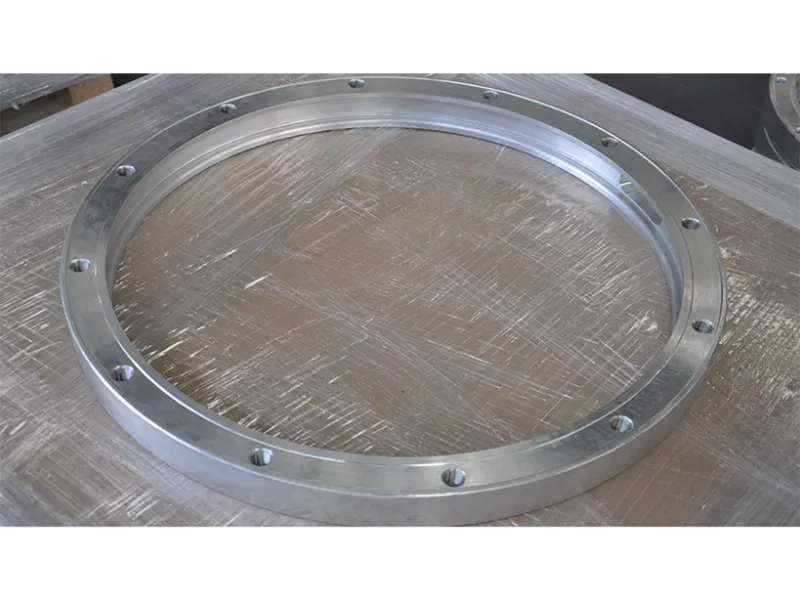
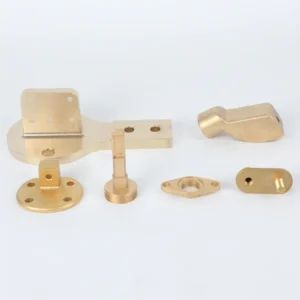
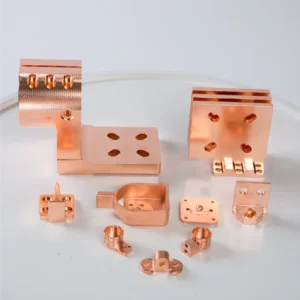
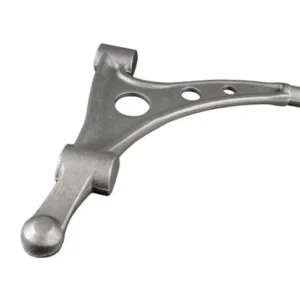
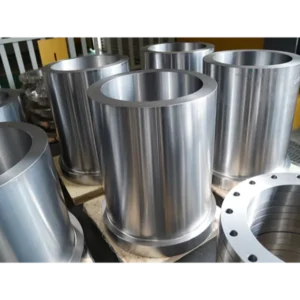
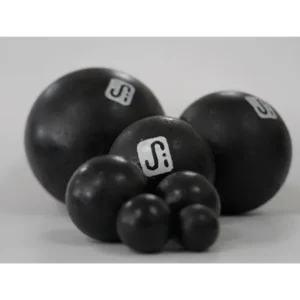
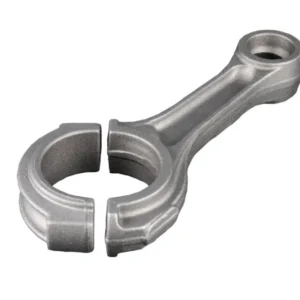
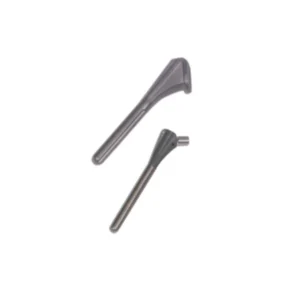
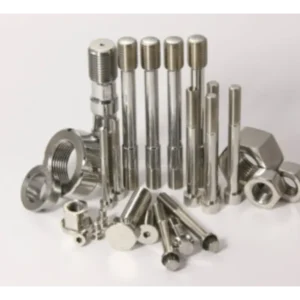
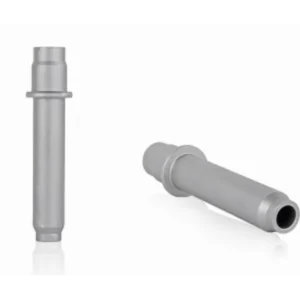
Reviews
There are no reviews yet.